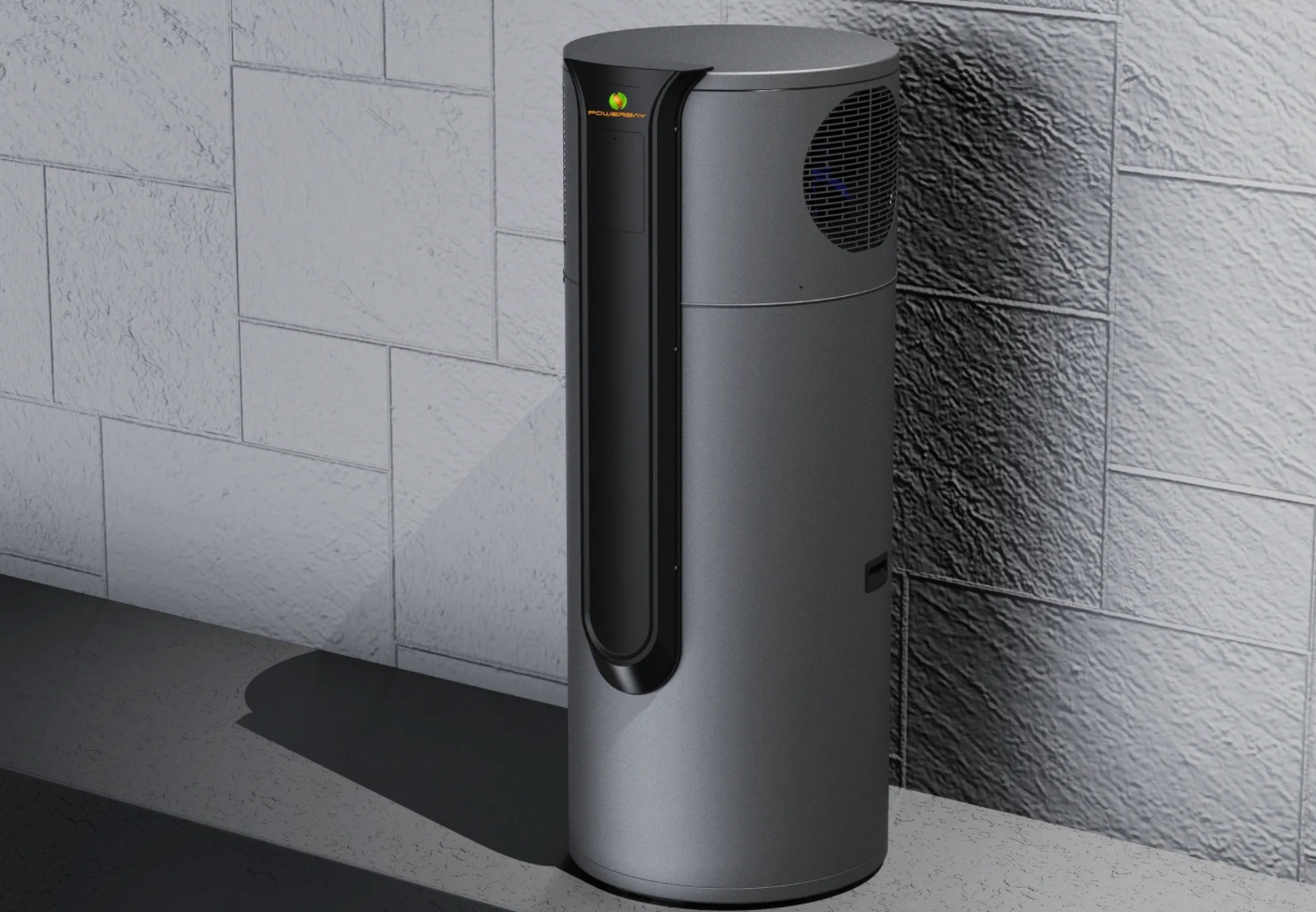Solar Energy for Off-Grid Living
Out of the roughly 7.5 billion people on Earth today, there are probably less than 1 million who can say they live completely off the grid. It's kind of humbling to think about, but just because so few people live off the grid doesn't mean it's old-fashioned or primitive, or that those who choose that lifestyle are making sacrifices. Humanity doesn't have to rely on the energy industry, either.
Living off the grid is an attractive option for those who crave independence, sustainability, and a closer connection to nature. Solar energy plays a key role in making off-grid living possible, offering a reliable and renewable power source. This guide breaks down the basics of using solar power for off-grid homes, highlighting the essential equipment you’ll need and the important factors to consider when setting up your system.
Understanding Off-Grid Solar Systems
Off-grid solar systems operate independently of the traditional power grid, providing all the energy a home needs. These systems typically consist of solar panels, a charge controller, batteries for storage, and an inverter. Solar panels capture sunlight and convert it into direct current (DC) electricity. The charge controller regulates this electricity, preventing overcharging and potential damage to the batteries. The batteries store the DC electricity for use when the sun isn’t shining, such as at night or on cloudy days. Finally, the inverter converts the stored DC electricity into alternating current (AC), which is the standard used for household appliances.
Choosing the Right Equipment
Selecting the appropriate equipment for your off-grid solar system is crucial for its efficiency and reliability. Solar panels come in various types, with monocrystalline panels offering higher efficiency and polycrystalline panels providing a more cost-effective solution. The size and number of panels needed depend on your energy consumption, location, and available sunlight.
Batteries are another essential component. Lead-acid batteries are a popular, cost-effective choice but require regular maintenance. Lithium-ion batteries, while more expensive, offer longer lifespans and are maintenance-free. The capacity of your battery storage should be sufficient to meet your energy needs during periods without sunlight.
The inverter must match your energy consumption, and pure sine wave inverters are recommended for sensitive electronics. For the charge controller, MPPT (Maximum Power Point Tracking) controllers are more efficient, especially in varying sunlight conditions, compared to PWM (Pulse Width Modulation) controllers.
Installation Considerations
Getting your off-grid solar system installed properly is crucial for its performance and longevity. First, pick a spot for your solar panels that gets the most sun—usually a north-facing area as we’re in the southern hemisphere. Adjust the tilt of your panels based on your latitude to catch the most sunlight year-round. Use high-quality wiring and connectors to ensure everything runs safely and efficiently, and double-check that the wires are sized correctly to handle your system’s power load.
Maintenance and Monitoring
Keeping your off-grid solar system in top shape requires regular maintenance and monitoring. Clean your solar panels regularly to keep them efficient—dust, dirt, and bird droppings can block sunlight and lower output. It’s also important to check for any wear or damage, like cracks in the panels or loose connections.
If you’re using lead-acid batteries, remember to check and top off electrolyte levels. A monitoring system is also a smart investment, letting you track energy production and consumption in real time, so you can spot issues early and keep everything running smoothly.
Additional Considerations
When planning your off-grid solar system, consider the following:
Energy Efficiency: Reduce your overall energy consumption by investing in energy-efficient appliances and lighting. This will lower the demand on your solar system and extend the lifespan of your batteries.
Backup Power: Having a backup power source, such as a generator, is essential for emergencies or extended periods of low sunlight. This ensures you have a reliable power supply at all times.
Permits and Regulations: Before installing your system, check local regulations and obtain any necessary permits. Compliance with local laws is crucial for the legality and safety of your installation.
Going off-grid with solar energy is a great way to gain more independence and live more sustainably. By picking the right equipment and keeping it in good shape, you can rely on solar power to cover all your energy needs. Whether you want to cut down on your carbon footprint or break free from traditional power sources, solar is a smart and eco-friendly choice. With proper setup, regular check-ups, and ongoing care, your system will keep running smoothly, letting you enjoy clean energy for the long haul.
Disclaimer: The information provided in this blog post is for general purposes only. While we strive to ensure the accuracy and reliability of the content, we make no representations or warranties of any kind, express or implied, about the completeness, accuracy, reliability, suitability, or availability of the information contained herein. Any reliance you place on such information is strictly at your own risk. We will not be liable for any loss or damage arising from the use of, or reliance on, the information presented in this blog post. It is always recommended to seek professional advice or conduct further research for specific situations or concerns. The inclusion of any links to external websites does not necessarily imply endorsement or support for the views expressed within them.


